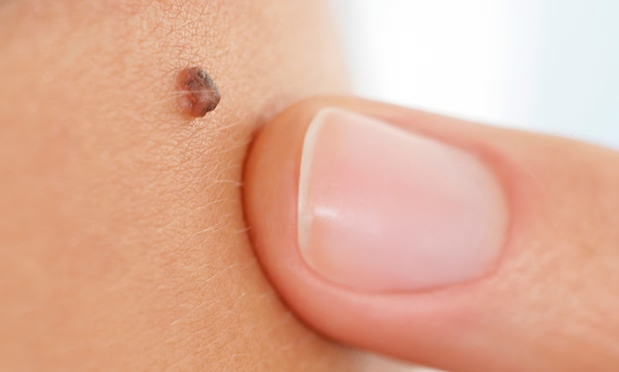A study suggests that physicians may be able to gauge risk by focusing on a patient’s right arm
Moles are usually harmless, but they can be used to assess a person’s risk for developing skin cancer. Someone with more than 100 moles across their body, for example, can be at a greater risk for melanoma, according to experts. Now a new study suggests that physicians may not have to look at a patient’s entire body—instead, doctors can focus on the patient’s right arm, where the presence of 11 or more moles  could signal a greater risk of melanoma.
could signal a greater risk of melanoma.
The study, published in the British Journal of Dermatology on Monday, looked at 3,594 twins, and then a larger group of men and women, who all had nurses count how many moles they had on 17 different parts of their body. The researchers found that the number of moles on a person’s right arm was most predictive of their total number of moles on their body. Women with over seven moles on their right arm were nine times more likely to have over 50 moles on their whole body. People with over 11 moles on their right arm were more likely to have over 100 moles on their whole body.
Other areas of the body that stood out as possible predictive regions were above the right elbow, the legs and, for men, the back.
Source: Times

